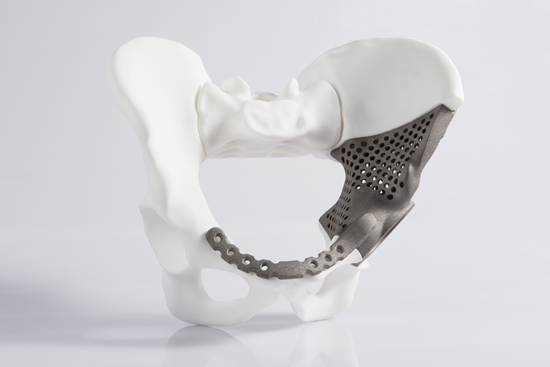Topological design and additive manufacturing of porous metals for Bone Scaffolds and Orthopaedic Implants :


One of the critical issues in orthopaedic regenerative medicine is the design of bone scaffolds and implants that replicate the biomechanical properties of the host bones. Porous metals have found themselves to be suitable candidates for repairing or replacing the damaged bones since their stiffness and porosity can be adjusted on demands. Another advantage of porous metals lies in their open space for the in-growth of bone tissue, hence accelerating the osseointegration process. The fabrication of porous metals has been extensively explored over decades, however only limited controls over the internal architecture can be achieved by the conventional processes. Recent advances in additive manufacturing have provided unprecedented opportunities for producing complex structures to meet the increasing demands for implants with customized mechanical performance. At the same time, topology optimization techniques have been developed to enable the internal architecture of porous metals to be designed to achieve specified mechanical properties at will. Thus implants designed via the topology optimization approach and produced by additive manufacturing are of great interest. This paper reviews the state-of-the-art of topological design and manufacturing processes of various types of porous metals, in particular for titanium alloys, biodegradable metals and shape memory alloys.


Esistono già sperimentazioni? Quale può essere il ruolo del grafene come materiale di impiego per le protesi d'anca?
ReplyDelete